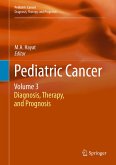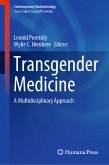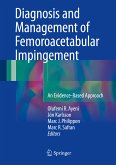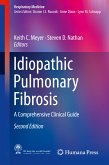This book deals with the essential factors in the personalization of treatment for primary breast cancer. These include host issues, lymph node surgery, radiation therapy, and preoperative systemic treatment requiring specialized knowledge, multidisciplinary care experience, techniques, and research. Locoregional treatment in conjunction with systemic treatments is another important factor, with options for local therapy significantly affected by genetic BRCA mutation. Axillary treatment issues have become top priorities in recent primary breast cancer care, and these are highlighted in the book's presentation of technological advances in lymph node mapping and diagnosis, axillary clearance in patients with nodal metastasis, and the role of axillary surgery. Attention is also given to locoregional treatment after preoperative systemic therapy. Because therapeutic impact differs depending upon biological characteristics such as tumor subtype, local therapy should be based both on tumor biology and on therapeutic response in parallel. Associated translational research and mathematical prediction tools such as nomograms also are introduced. This book provides the essence of primary breast cancer care, particularly its individualization with novel therapeutic concepts and strategies, and will greatly benefit physicians and clinical investigators in breast cancer institutions.
Dieser Download kann aus rechtlichen Gründen nur mit Rechnungsadresse in A, B, BG, CY, CZ, D, DK, EW, E, FIN, F, GR, HR, H, IRL, I, LT, L, LR, M, NL, PL, P, R, S, SLO, SK ausgeliefert werden.









